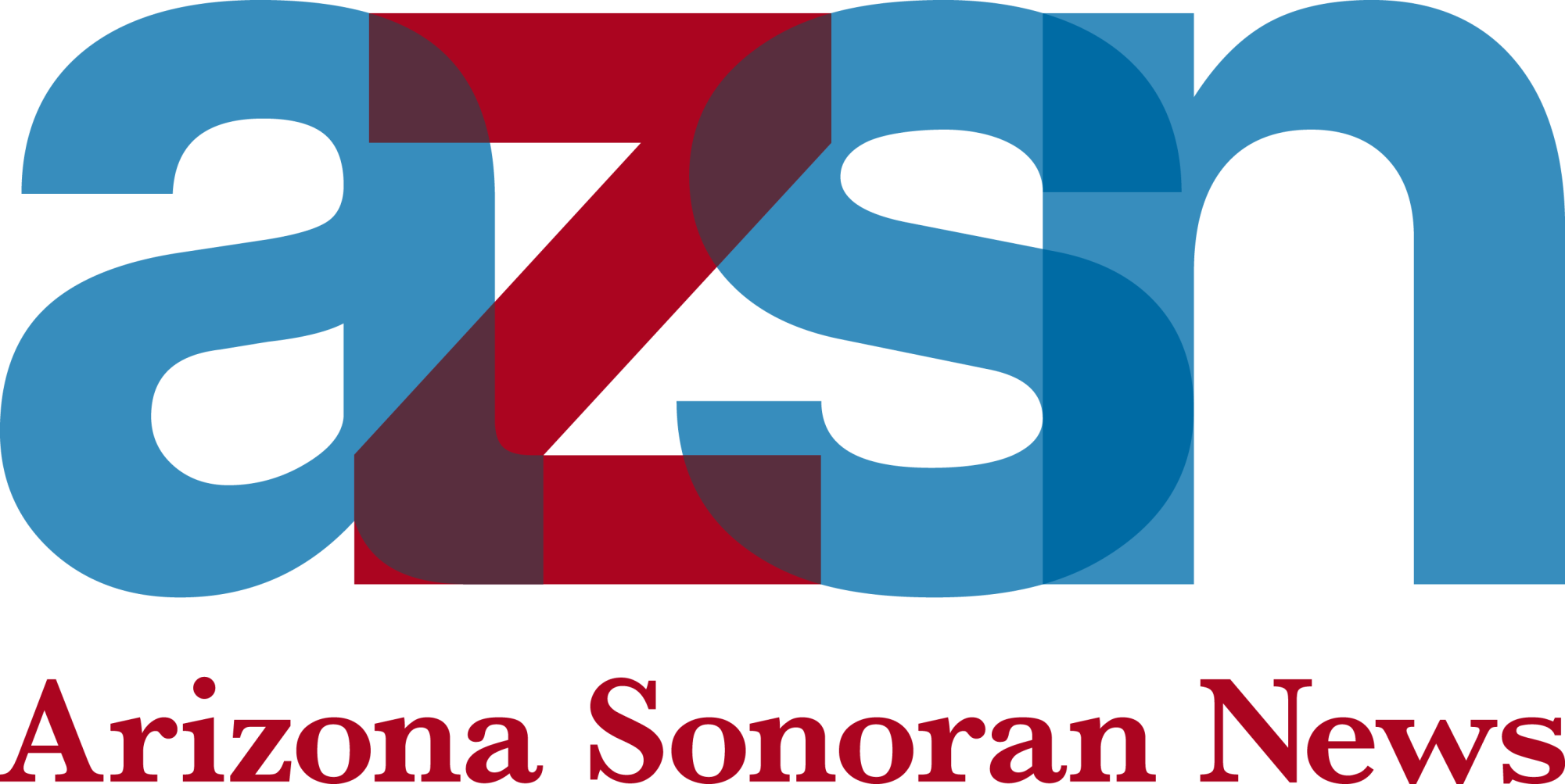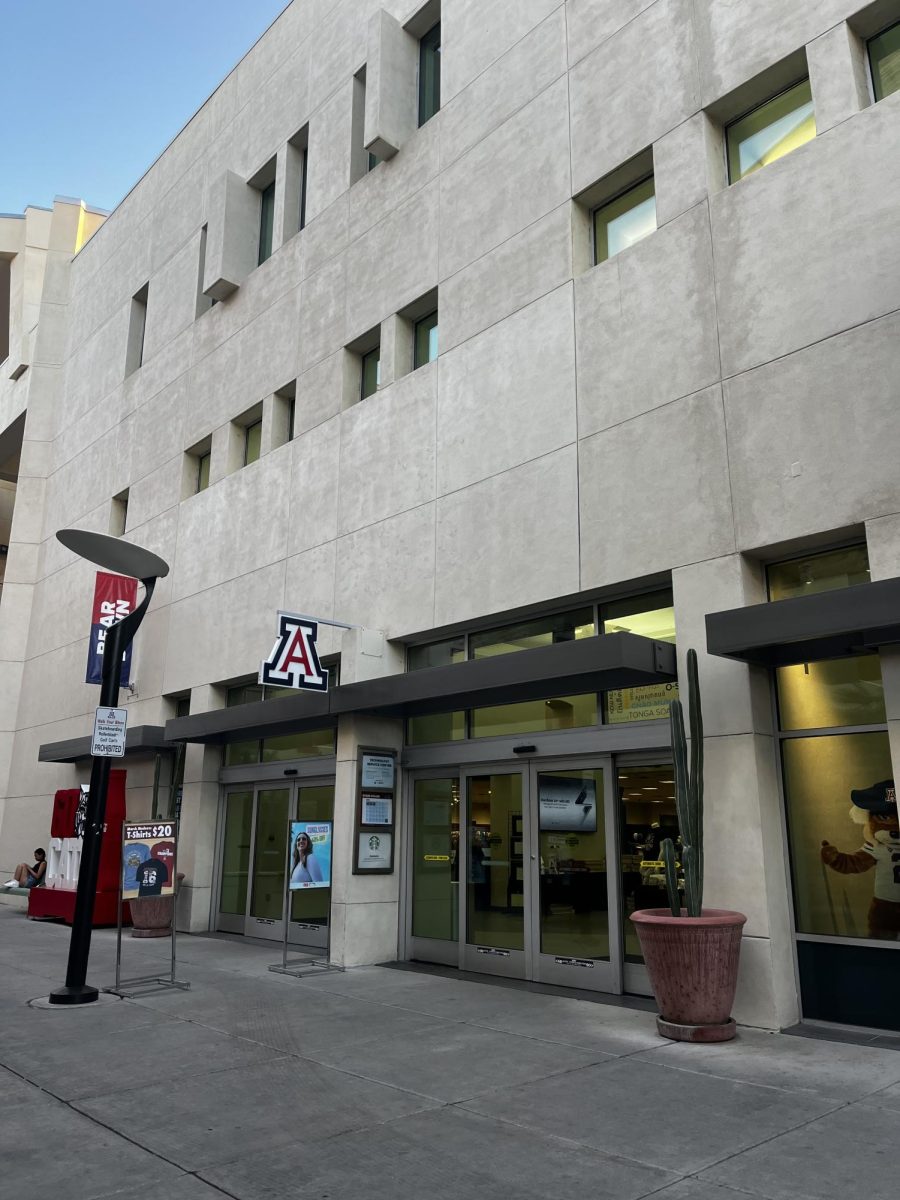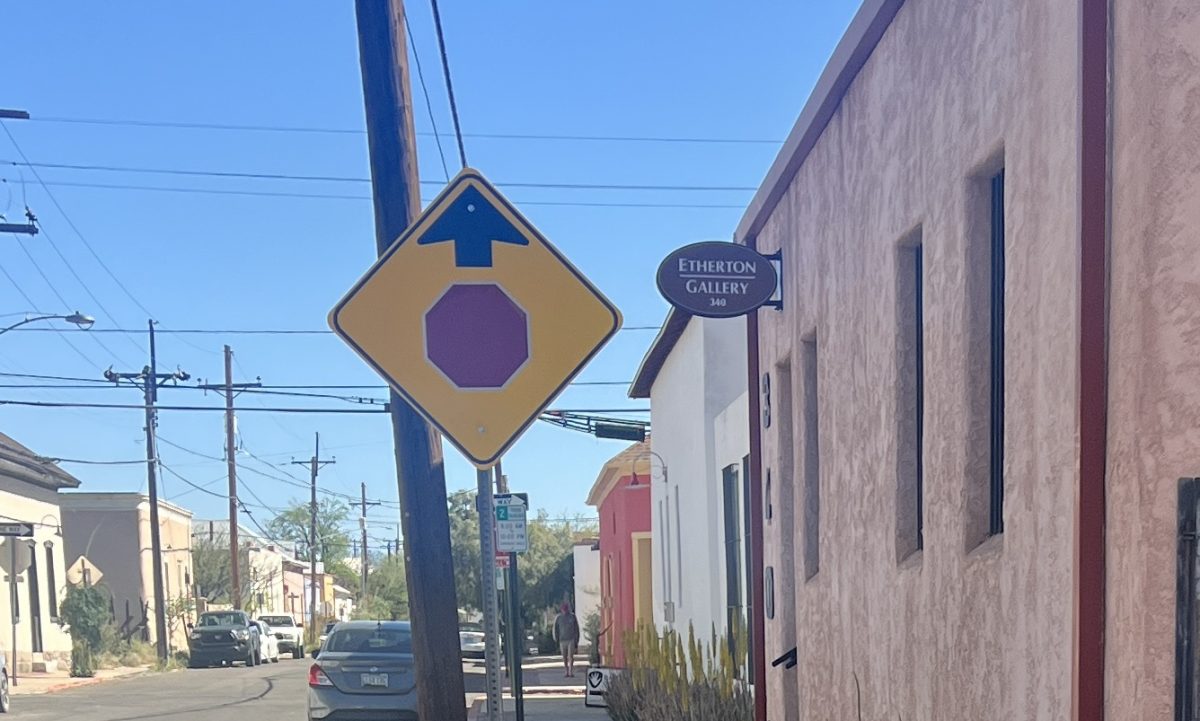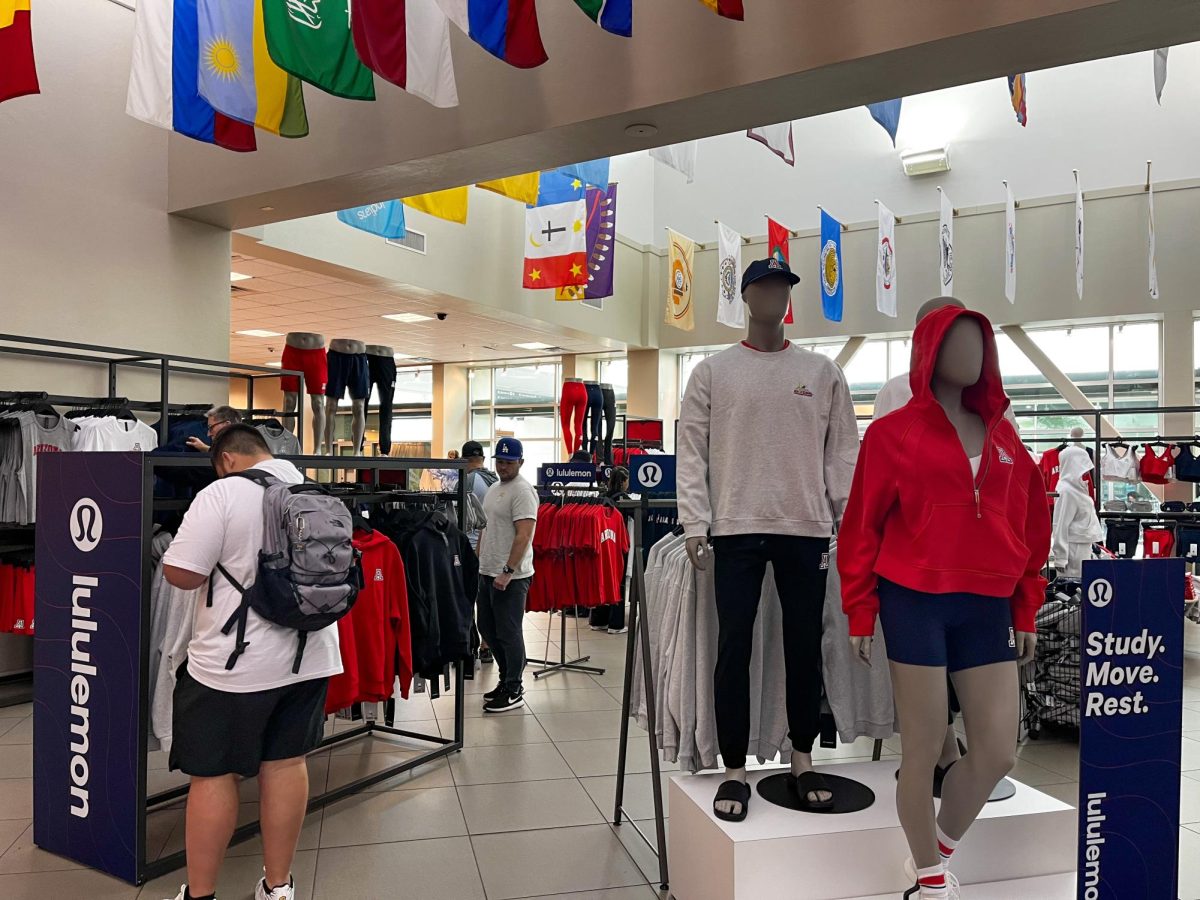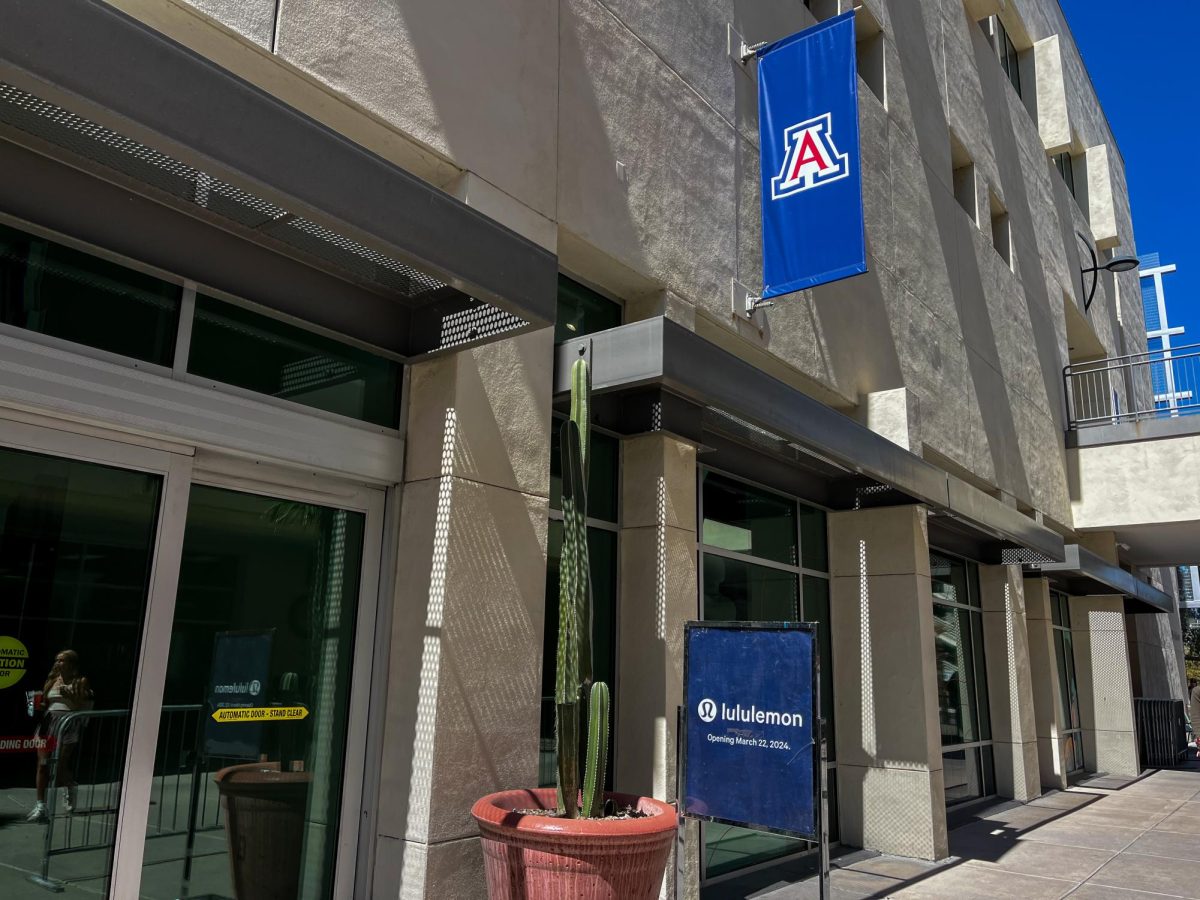Pay attention, advertisers. The Hispanic population in Arizona is booming and coming to a business near you.
Hispanics represent 29.6 percent of the state population, and Arizona has the fourth largest Hispanic population in the nation, according to data from the 2010 U.S. census and the Pew Hispanic Center.
As such a large portion of the population of Arizona, Hispanics are a substantial part of the state’s economy because of their purchasing power.
According to 2010 U.S. census data, the Hispanic population in Arizona will reach 50 percent of the overall population by the year 2030.
James Garcia, communications director for the Arizona Hispanic Chamber of Commerce in Phoenix, says that this fast population growth will lead to a youthful population and a growing Hispanic middle class.
Because of the larger middle class, more people will be able to attend college and in turn will have more money, which increases purchasing power, Garcia said.
The chamber estimates that the buying power of Hispanics is worth $40 billion every year in Arizona, while it is worth $1 trillion nationwide, Garcia said.
“What’s interesting is that there’s been steady growth despite the recession,” Garcia said. “As a community, we have become a more important segment every year in purchasing power.”
Because of the importance of Hispanics to the economy, businesses need to tap into that market, experts say.
According to Bert Valencia, vice president of distance learning and associate professor at Thunderbird School of Global Management in Glendale, companies must realize that Hispanic people behave differently as consumers than other people do.
Marketing to Hispanics must be approached at the individual, familial and linguistic level, Valencia said.
At the individual level, the average Hispanic is younger, so that must be taken into account, Valencia said.
At the familial level, many Hispanics have large families, so they will be concerned with buying large amounts of items at a reasonable cost, Valencia said.
The linguistic aspect is that many, but not all, Hispanic people speak Spanish, so “you have to straddle the two languages,” Valencia said.
Some people may speak only Spanish, some may speak both English and Spanish, and others may only know English, Valencia said.
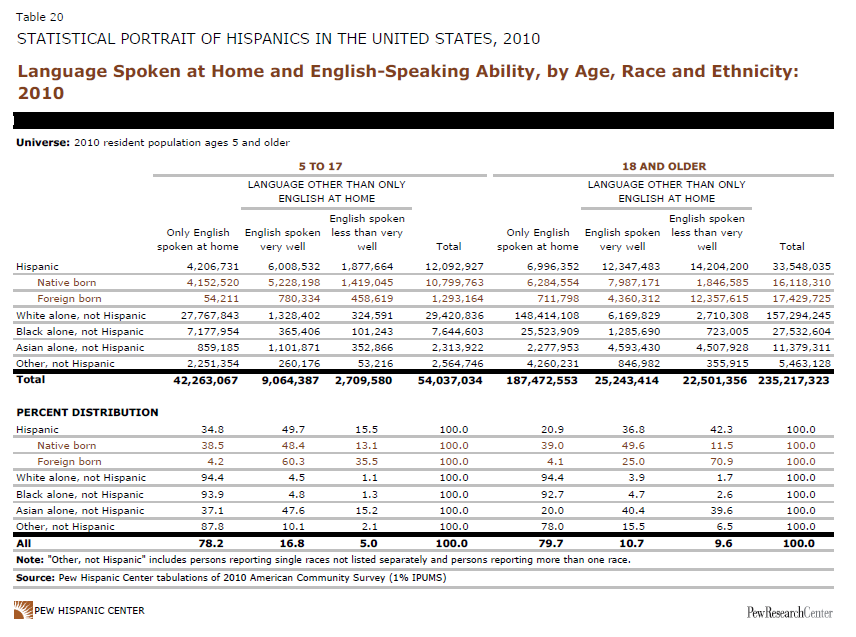
Academic research indicates that language and acculturation must be taken into account when marketing to Hispanics.
An article from the Journal of International Consumer Marketing in 2007 says that Hispanic people have different preferences based on acculturation levels, or how American they are.
According to the article, “most [studies] have found that Hispanics who have spent less time in the U.S., have lower incomes, have less education, and are older are often less acculturated. Hispanics who are less acculturated have also been found to prefer Spanish language TV and Spanish language radio.”
One company based in Scottsdale, Go Daddy, has taken Spanish-language marketing to heart.
The company, a web hosting and Internet domain provider, launched a brand new Spanish-language website in March, es.GoDaddy.com, said Alfredo Tellez, Tempe site manager.
Go Daddy recognized that there is a burgeoning Hispanic market, so the company started a “bilingual team” to address it, Tellez said.
The creation of the team resulted in the new website, and the company has bilingual customer service agents who are available twenty-four hours a day in order to serve the 10,000 international and local Spanish-language calls that come in monthly, Tellez said.
Since the creation of the website last month, the company has seen a 4 percent increase in the amount of Spanish-speaking inquiries, Tellez said.
Go Daddy also has two Spanish-language commercials that it uses to market its products, Tellez said.
“They are rather edgy,” Tellez said. “They get the point across.”
Spanish-language marketing is a very useful tool when marketing to Hispanics, but it’s not the only approach
“It is unrealistic to expect a single language strategy to work for the entire Hispanic consumer market,” said Laura Sonderup, managing director at Hispanidad, a division of the marketing firm Heinrich in Denver, Colo. 
The reason for this, Sonderup said, is that Hispanic people come from extremely varied backgrounds.
“It’s not really a case of ‘marketing to Hispanics is different,’ as much as every consumer segment is different, and if you’re a smart advertiser, you will take the time to become acquainted with those nuances and speak to them in a relevant way,” Sonderup said.
The nuances include “foreign-born versus native born, language preference, age, gender, marital status, homeowner versus renter and geography,” Sonderup said.
According to Sonderup, companies need to adjust their marketing strategies as soon as possible if they wish to remain prosperous in the future.
“Smart companies will continue to speak relevantly to this consumer and those companies who have not yet adopted a position on Hispanic outreach will find themselves falling farther and farther behind the competition,” Sonderup said.
